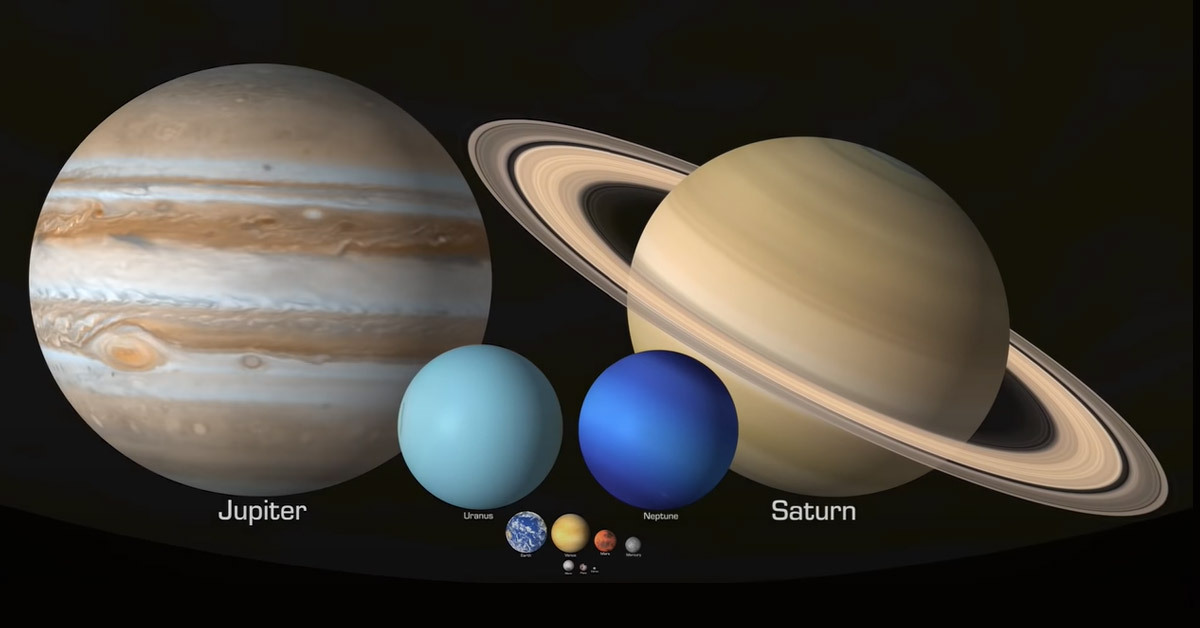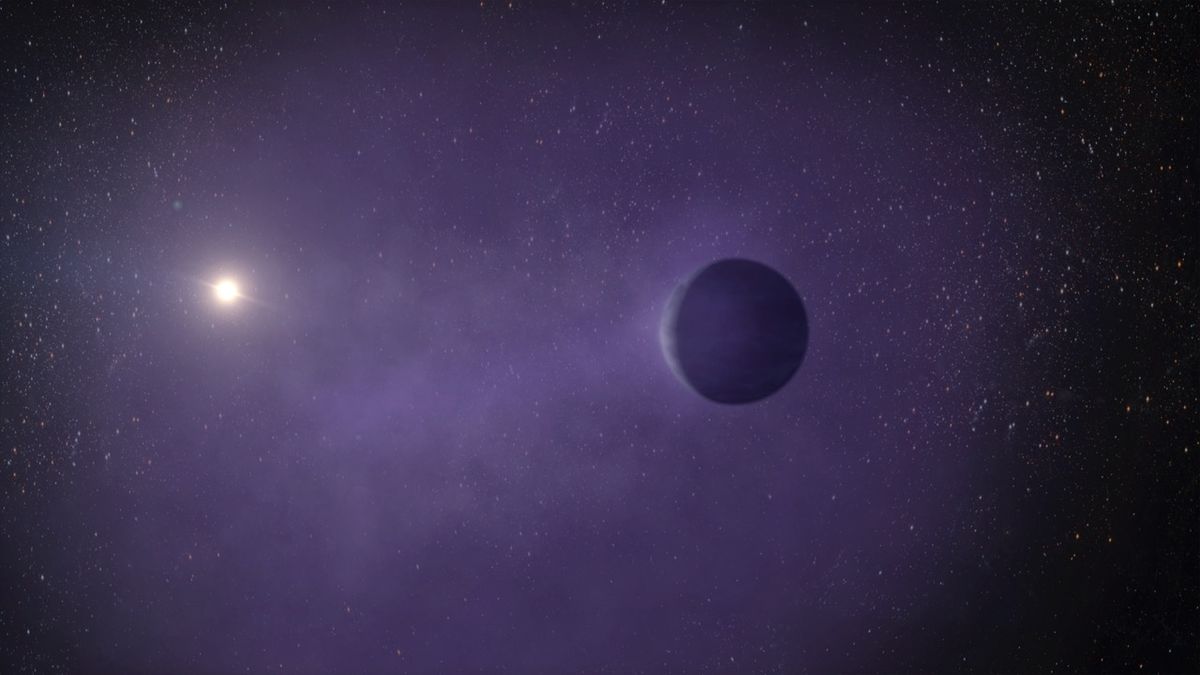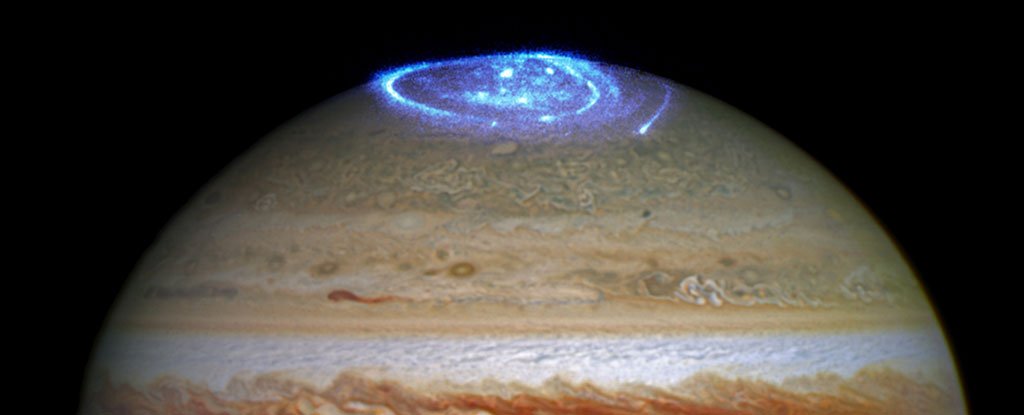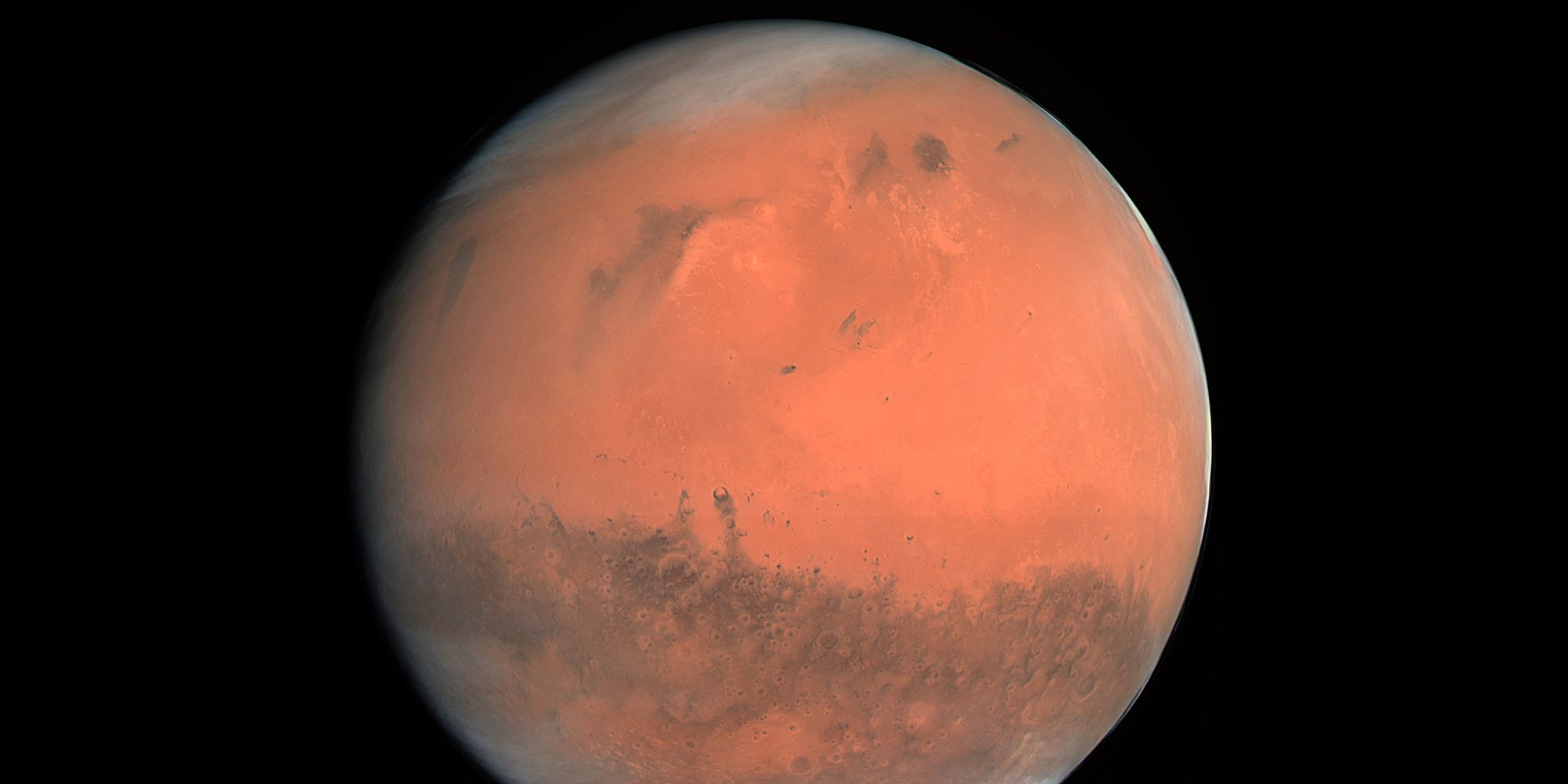
Our solar system is home to various celestial objects, including planets, moons, asteroids, and even dwarf planets .
All of these objects differ in many ways, yet work in perfect unison. A comparative study of the various features of these celestial bodies gives us some fascinating results.
Research offers new insights into planets outside our solar system | Watch News Videos Online

Lisa Dang, a PhD candidate with McGill University, joins Global News Calgary to discuss new research looking at planets known as hot Jupiters.
Youngest pair of asteroids in solar system spotted – CBBC Newsround

The baby asteroids are thought to be 300 years old, which is ten times younger than the previous recorder holders.
It’s exciting astronomy news because the asteroids pass really close to the Earth’s orbit and they have properties that are hard to explain given their young age.
Exoplanet evolution? Mini-Neptunes may shed their atmospheres and become super-Earths | Space

New research suggests that stellar radiation is stripping away the “fluffy” atmospheres of exoplanets slightly smaller than Neptune, leaving behind their rocky cores and transforming them into worlds more closely resembling Earth.
Now that astronomers have collected thousands of exoplanet signatures, they are getting a better idea about the range of planetary sizes.
The Fiji Times » Home base solar system project commissioned on Waya Lailai

Commissioner Western, Mesake Ledua and members of the Yavusa Sabutoyatoya at the commissioning of the home base solar system project. Picture: FIJIAN GOVERNMENT
Government is committed to ending the isolation of the maritime and rural communities and is ensuring that they have the same advantages and services as people in the major urban centers.
How a Magnetic ‘Tug-of-War’ With Io’s Volcanic Eruptions Creates Jupiter’s Auroras

Jupiter ‘s moon Io is the most volcanically active world in the solar system. Its more than 400 active volcanoes regularly shoot lava dozens of miles high, where it falls into Jupiter’s orbit and becomes plasma – “a soup of electrically charged material,” astronomer James O’Donoghue told Insider.
Bodhi Lands $4 Million in Funding to Help Solar Companies Better Serve Customers – SiliconHills
![]()
When consumers install residential solar panels, they are often left in the dark throughout the process, said Scott Nguyen, founder and CEO of Bodhi.
After they sign the contract, they don’t know how long the installation is going to take and what the various steps are, he said.
What Color Is Mars, And Why? | Screen Rant

Mars is one of the most famous planets in the Solar System , and part of this is due to its iconic color. Despite being such a minuscule speck in the grand scheme of outer space , our own Solar System is a pretty fascinating place.
Another famous aspect of Mars is its color. Earth is a mixture of green and blue, Venus has a faint yellow hue, and Neptune has a deep blue color. When it comes to Mars , its color is very distinctly red.
Why a toxic volcanic lake on Earth reminds scientists of Mars – KAKE

Along the ocean floor, blistering hydrothermal vents spew streams of toxic minerals from gaps between tectonic plates, fed by the heat of magma beneath Earth’s crust. Yet hundreds of species cluster around these vents , far from sunlight.
In the heart of the Costa Rican rainforest is a bright blue lake full of toxic metals. Clouds of stinging steam drift around the active volcanic crater hosting one of Earth’s most acidic lakes.
Happening on Twitter
Comparing Objects in Our Solar System by Rotation, Size, and More 🌌 https://t.co/YuuSu55auc https://t.co/J9TPQXsFXk
VisualCap (from Vancouver, BC)
Sat Feb 05 20:00:19 +0000 2022

